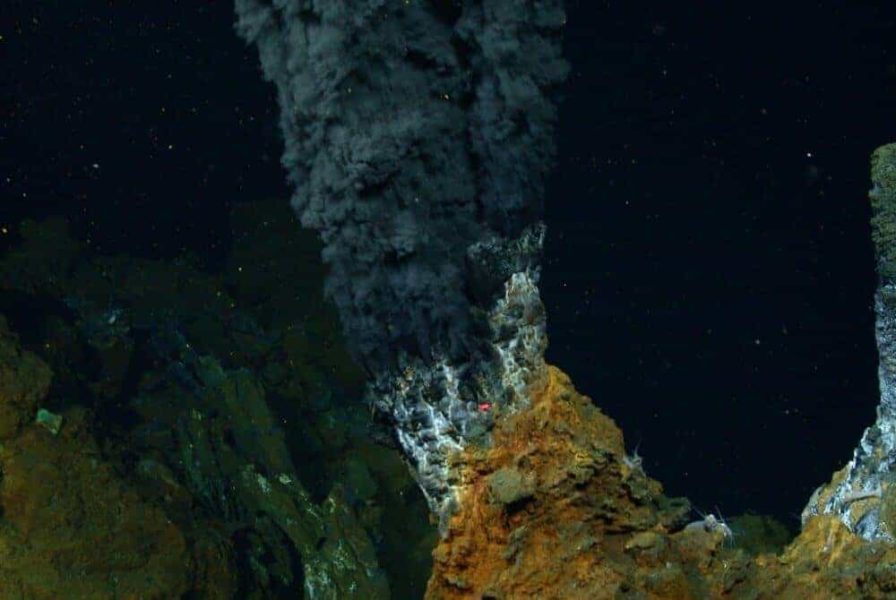A team of Virginia Tech researchers has discovered that an organism that uses a 3.5-billion-year-old process holds the key to understanding modern-day functions, such as digestion in humans and animals.
Researchers found that the enzyme thioredoxin reductase was in anaerobic environments on ancient Earth. It was a member of the group of organisms called methanogens. These organisms are responsible for niche metabolic processes today, such as freshwater sediment decomposition, waste treatment plants, natural gas production, and food digestion.
The research has broad implications for human health, agriculture, energy production, and mitigation of greenhouse gas emissions.
“Our research shows that what was true for early Earth is true today in terms of energy nutrients being transformed in environments that lack oxygen and have hydrogen as a metabolic byproduct,” said Biswarup Mukhopadhyay, an associate professor of biochemistry in the Virginia Tech College of Agriculture and Life Sciences and one of the lead authors of the study. He is also an adjunct associate professor at the Virginia Tech Biocomplexity Institute.
The findings were recently described in the Journal of Biological Chemistry. They article was authored by Dwi Susanti, a post-doctoral scientist; Usha Loganathan, a research specialist; and Mukhopadhyay.
The organism that the researchers studied lives within undersea volcanoes or hydrothermal vents where extremely high temperatures, absence of oxygen, and the presence of toxic materials create an environment not unlike ones found billions of years ago.
It was during this time that early organisms thrived in oxygen-free environments and many of them depended upon simple compounds, such as volcanic hydrogen, for energy. The researchers found that the thioredoxin reductase of this organism carries a molecule of flavin, a well-known coenzyme. Flavin acts as a gatekeeper and gets help from an ancient molecule coenzyme F420, a close mimic of flavin.
Many of the descendants of the ancient methanogens continue to make a living the same way today, except they receive hydrogen from bacteria, such as those that aid in digestion or help decay plant leaves in lake sediment. These bacteria expel hydrogen as their metabolic wastes; if hydrogen accumulates, their activities are blocked. Methanogens then come to the rescue and remove the hydrogen by converting it methane.
These molecular systems involve the teamwork of a variety of microorganisms, including ancient methanogens. If the methanogens were not efficient in utilizing hydrogen, biodegradation processes would not function efficiently. The ancient mechanism of hydrogen-driven metabolic control of lone-ranging methanogens of early Earth serves as a facilitator in the communities of anaerobic microorganisms today. The key for this synergy in a microbial consortium is the gatekeeping function of flavin in the thioredoxin reductase.
Research was funded by a grant awarded to Mukhopadhyay, the National Aeronautics and Space Administration Astrobiology: Exobiology and Evolutionary Biology Grant, and the Virginia Tech Agricultural Experiment Station Hatch Program.

